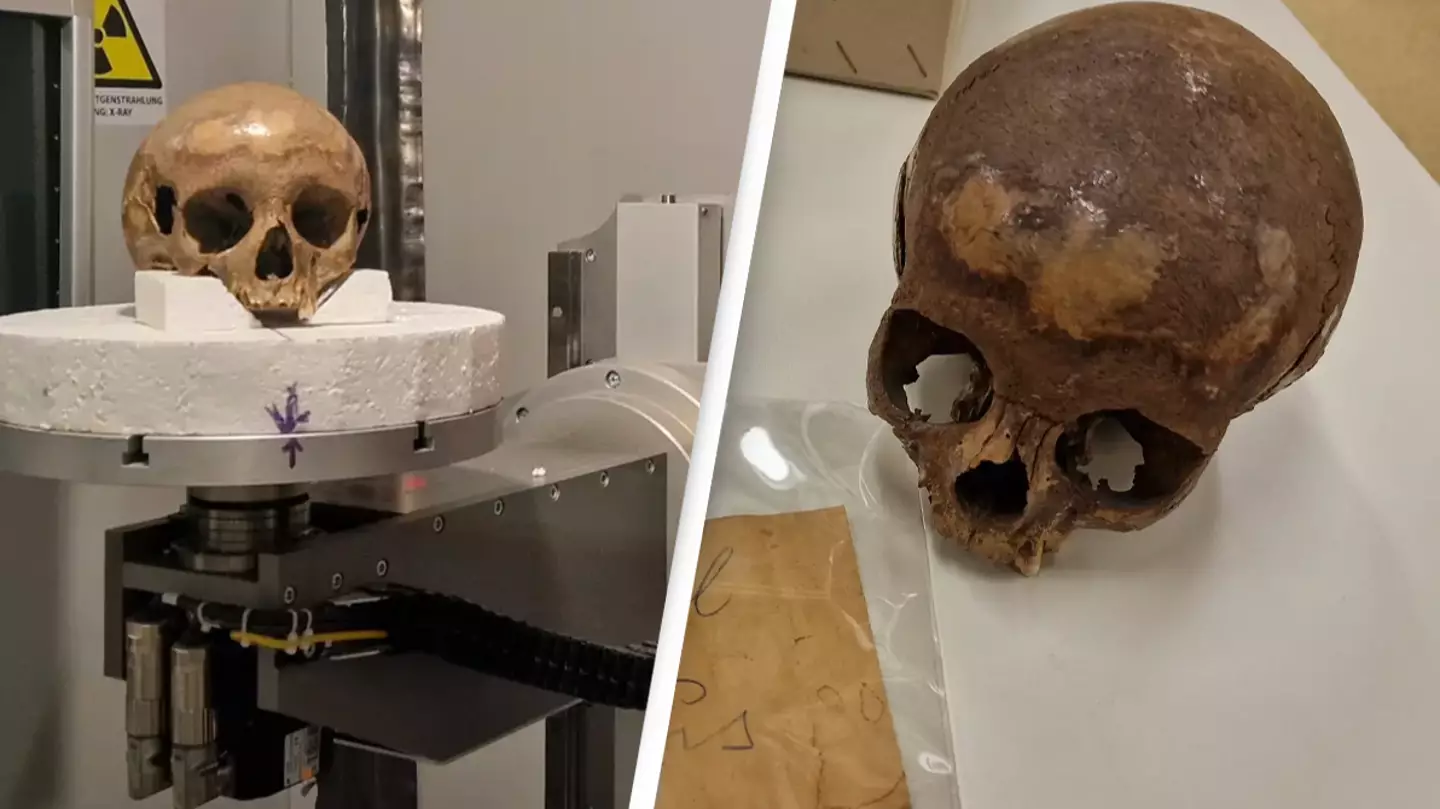An alleged elite religious leader's body was found buried face down, with his feet crossed and the lower part of his body extended.
A tomb thought to have been built in honor of a religious figure from 1200 B.C. was found by archaeologists digging in the northern highlands of Peru 3,000 years ago.
The "Priest of Pacopampa" was discovered by archaeologists in the Pacopampa site.
The grave of the elite member was ornamented with various pottery bowls and buried in six layers of ash and black dirt, according to a statement released by Peru's Ministry of Culture on Saturday (26 August 2023).
The discovery project's director, Yuji Seki, said: “Though this person is a man, the associations are very peculiar. I think this was a leader in his time.”
The workers at the site think that various ancient rituals were used in the burial of the deceased.
The tomb in Pacopampa has been described as 'peculiar'. Credit: Peru Ministry of Culture
Two seals were found on the upper margins of the tomb, indicating that body paint was utilized in ancient rites for good people.
One seal featured a jaguar pattern facing west, and the other included an image of a human face facing east.
Seki thought it peculiar that the deceased was lying face down with one half of his body stretched and his feet crossed and that the big tomb was two meters in diameter and one meter deep.
Seki and his crew also discovered that the deceased was buried with a bone that had been fashioned into a tupu, or a sizable pin used to hold cloaks.
Tupus were typically used to keep a woman's blanket together.
This discovery is ground-breaking because archaeologists have been working on this project at Pacopampa since 2005.
The oldest discovery made at the location is not this one, though.
The Priest of Pacopampa was likely buried in 1200 B.C. Credit: Peru Ministry of Culture
The crew also found the tombs of the "Lady of Pacopampa" back in 2009, then in 2015 they found the tombs of the "Priests of the Serpent Jaguar of Pacopampa."
Due to the rock layers that were mounted the tomb when it was discovered, archaeologists were able to determine that the individual had been buried in 1200 BC.
The "Priest of the Pututos," a find from the previous year, is thought to be even older.
“The burial is also associated with the Strombus snail that you don’t find in the Peruvian sea but in the Ecuadorian one," Seki said at the time. "They were brought from a faraway place, it could mean this person had a quite important religious power back then."









